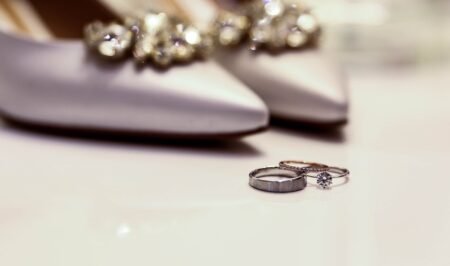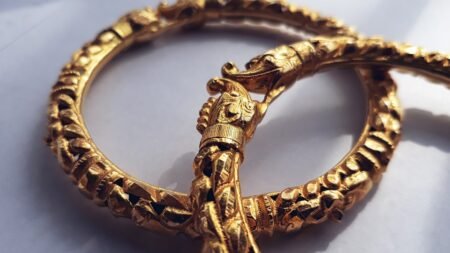
From Rough to Refined: The Intricate Process of Diamond Cutting and Polishing
Diamonds are one of the most sought-after gemstones in the world, known for their brilliance, durability, and value. But have you ever wondered how these precious stones go from a rough, unpolished state to the sparkling, refined gems we see in jewelry? The process of diamond cutting and polishing is an intricate and skilled craft that involves several steps and precise techniques. In this article, we will delve into the fascinating journey of a diamond, from rough to refined.
The Importance of diamond Cutting and Polishing
diamond cutting and polishing is a crucial step in the diamond industry. While diamonds in their rough state may possess potential beauty, it is only through cutting and polishing that their true brilliance and fire are revealed. Skilled diamond cutters and polishers carefully analyze each rough diamond to determine the best way to maximize its beauty and value. By cutting and polishing a diamond, its facets are aligned to reflect light in the most optimal way, resulting in the mesmerizing sparkle that diamonds are known for.
The Process of diamond Cutting
diamond cutting begins with the planning stage, where the cutter analyzes the rough stone to determine the best way to cut it. This involves considering the stone’s shape, size, clarity, and color, as well as any inclusions or imperfections that need to be worked around. Once a plan is established, the cutter marks the diamond‘s surface with a blueprint of the desired shape and facets.
Next comes the actual cutting of the diamond. Traditionally, diamond cutting was done by hand, using a process called bruting. This involved using another diamond to create a groove along the stone’s surface, which would then be split along the groove to create two pieces. However, modern diamond cutting now utilizes advanced machinery, such as laser cutting and computer-aided design (CAD), which allow for greater precision and efficiency.
The cutter uses a diamond saw or laser to cleave the rough diamond into smaller pieces, known as “brilliants.” These pieces are then shaped into the desired form through a process called faceting. Faceting involves cutting and polishing each individual facet of the diamond, using a diamond-coated wheel or lap. This requires immense skill and precision, as each facet must be carefully shaped and polished to exact angles and proportions to create maximum brilliance and fire.
The Art of diamond Polishing
After the diamond has been cut and its facets have been shaped, it undergoes the polishing stage. Polishing is the process of refining the diamond‘s surfaces and removing any remaining imperfections or scratches. diamond polishers use a series of abrasive materials, such as diamond powder and polishing wheels, to gradually smooth and refine the diamond‘s surfaces.
During the polishing process, the diamond is held against the polishing wheel at precise angles, allowing the abrasive materials to gradually wear away any roughness and create a smooth, lustrous finish. This requires great skill and patience, as even the slightest miscalculation can result in damage to the diamond‘s surface.
Once the cutting and polishing stages are complete, the diamond is thoroughly inspected for any imperfections or blemishes. If necessary, additional touches may be made to further enhance the diamond‘s appearance. Finally, the diamond is thoroughly cleaned and ready to be set into jewelry or sold as a loose gemstone.
In conclusion, the process of diamond cutting and polishing is a highly specialized craft that transforms rough, unpolished diamonds into exquisite, sparkling gems. Skilled diamond cutters and polishers utilize advanced techniques and machinery to bring out the beauty and brilliance of each stone, ensuring that every diamond is a true work of art. So, the next time you admire a dazzling diamond, remember the intricate journey it has undergone, from rough to refined.












